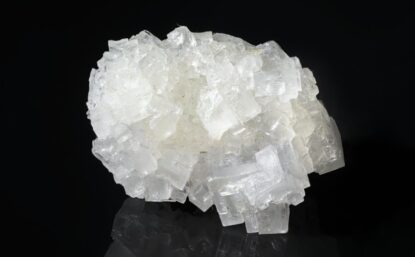Distillations magazine
Health & Medicine
Bodies, minds, and the things that help and harm them
Fast Times: The Life, Death, and Rebirth of Amphetamine
Amphetamine didn’t cure anything, but it did make you feel better. Chemist Gordon Alles faced this paradox after patenting his discovery in 1932.
Mesmerized
The controversy around animal magnetism.
Frontline Pharmacies
The impact of the Civil War can still be seen politically, socially, and economically, but its influence on medicine is often obscured.
Secret Ingredient
A 19th-century chemist was the first to raise the alarm about adulterated food.
Counting Calories
Thin became “in” during the 1920s, and the calorie became a vital tool in the battle to lose weight. Yet before becoming a fashion necessity, the calorie had a decidedly less glamorous role.
Painless Dreams
In the 19th century, chemical oblivion replaced liquor, opiates, and bleeding as the numbing agent of choice for surgeons.
Taking Control
Insulin was first used to treat diabetes in the 1920s. Since then doctors have used a multitude of tests to screen for the disease.
The Devil in a Little Green Bottle: A History of Absinthe
Absinthe, an alcoholic drink introduced to France in the 1840s, developed a decadent though violent reputation.
Soldier Sulfa
Prontosil Rubrum was the first drug to cure bacterial infections and the first of many sulfa drugs.
The Man with a Fish on His Back
In the late 19th century cod-liver oil was proclaimed the cure for many ailments. One problem: the oil’s foul taste.
Bad Air
Malaria and the benefits and pitfalls of government-funded biomedical research.
Salt’s Fat Chance
Are salt alternatives scarier than the substance they are replacing? A brief history of a “terrifying” food.
Prefiguring the Arsenic Wars
An 1828 murder trial provides insight into the moral ambiguity of forensic science and scientific testimony.
Amphetamine’s Missing History
David Healy reviews Nicholas Rasmussen’s On Speed: The Many Lives of Amphetamine.
Aspirin: Turn-of-the-Century Miracle Drug
Aspirin has had a long history as a pain reliever—2,000 years of history. But only in the 1970s did scientists begin to uncover its chemical secrets.
Understanding Pharmaceutical Relations and the Limits of Regulatory Reform
Interactions between the pharmaceutical industry, the biomedical sciences, and legislators is a longstanding hot topic in Washington.
The Lingering Heat over Pasteurized Milk
The history of pasteurization and the controversy surrounding it demonstrate the complexity of milk as a chemical substance.
Not-So-Great Moments in Chemical Safety
Fatal results of the lax safety standards of yesterday provide powerful lessons in the importance of safety in today’s labs.


















